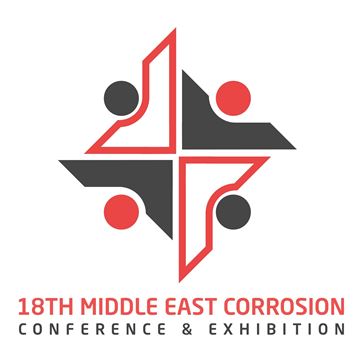Search
AMPP Conference Papers
View as
Sort by
Display
per page
A High Performance Solvent Free Epoxy Coating Which is Applicable for High Temperature Immersion Environment
Product Number:
MECC23-20000-SG
Publication Date:
2023
$20.00
A High Performance Thermal Insulative Coating For Personnel Protection
Product Number:
51323-18941-SG
Publication Date:
2023
$20.00
A highly-corrosive sulfate reducing bacterium as a model microbe to improve MIC investigations
Product Number:
51323-18912-SG
Publication Date:
2023
$20.00
A Machine Vision Case Study Of U-Net Networks For Superficial Corrosion And Dirt Image Segmentation On Industrial Coated Steel Structures
Product Number:
51322-17995-SG
Publication Date:
2022
$20.00
A Methodology, Database, And Maps For Seasonally-Adjusted Soil Resistivity
Product Number:
51322-18216-SG
Publication Date:
2022
$20.00
A New Biocide Enhancer for a Better Pipeline Treatment
Product Number:
51324-20576-SG
Publication Date:
2024
$40.00
A New Method to Mitigate Halite Deposit by Using Non-Water-Soluble Quaternary Ammonium Corrosion Inhibitor
Product Number:
51324-20867-SG
Publication Date:
2024
$40.00
A New Prediction Tool For Sulfidation Corrosion In Crude Units
Product Number:
51321-16762-SG
Publication Date:
2021
$20.00
A Novel Approach to Assessing Stray Current Interference without Potential Interruption
Product Number:
51324-20452-SG
Publication Date:
2024
$40.00
A Novel Approach To Simulate Realistic Concrete Microstructures Under Irradiation
Product Number:
ED22-17280-SG
Publication Date:
2022
$20.00
A Novel Bench-Top Apparatus and Methodology to Evaluate the Impact of Drag Reducing Agents on Corrosion of Liquid Hydrocarbon Pipelines
Product Number:
51323-19400-SG
Publication Date:
2023
$20.00
A Novel Digital twin Approach for Non-Intrusive Tank Bottom Corrosion Assessment
Product Number:
51323-18773-SG
Publication Date:
2023
$20.00












